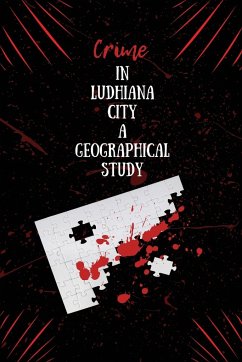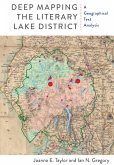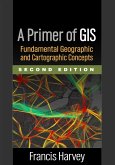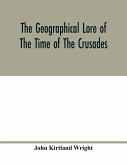Crime has invariably interested sociologists, psychologists, criminologists and geographers among other social scientists. Since crime has a location, time and reason and is also an outcome of various demographic, socio-economic and environmental factors, the role of geographers in understanding crime patterns and their determinants become crucial. Geographers try to correlate social factors or combinations of social and physical factors which explain the spatio-temporal variations in crime rates (Cohen, 1941). While various developments in criminological theory help in evolving theoretical bases and conceptual positions, human geography, including the spatial specific spread of crime, continue to focus on patterns, processes and responses in the local environment and the spatial outcome of social, political and economic processes at various levels. The three levels in which Geography of Crime has been analyzed by Herbert (1982) are.








